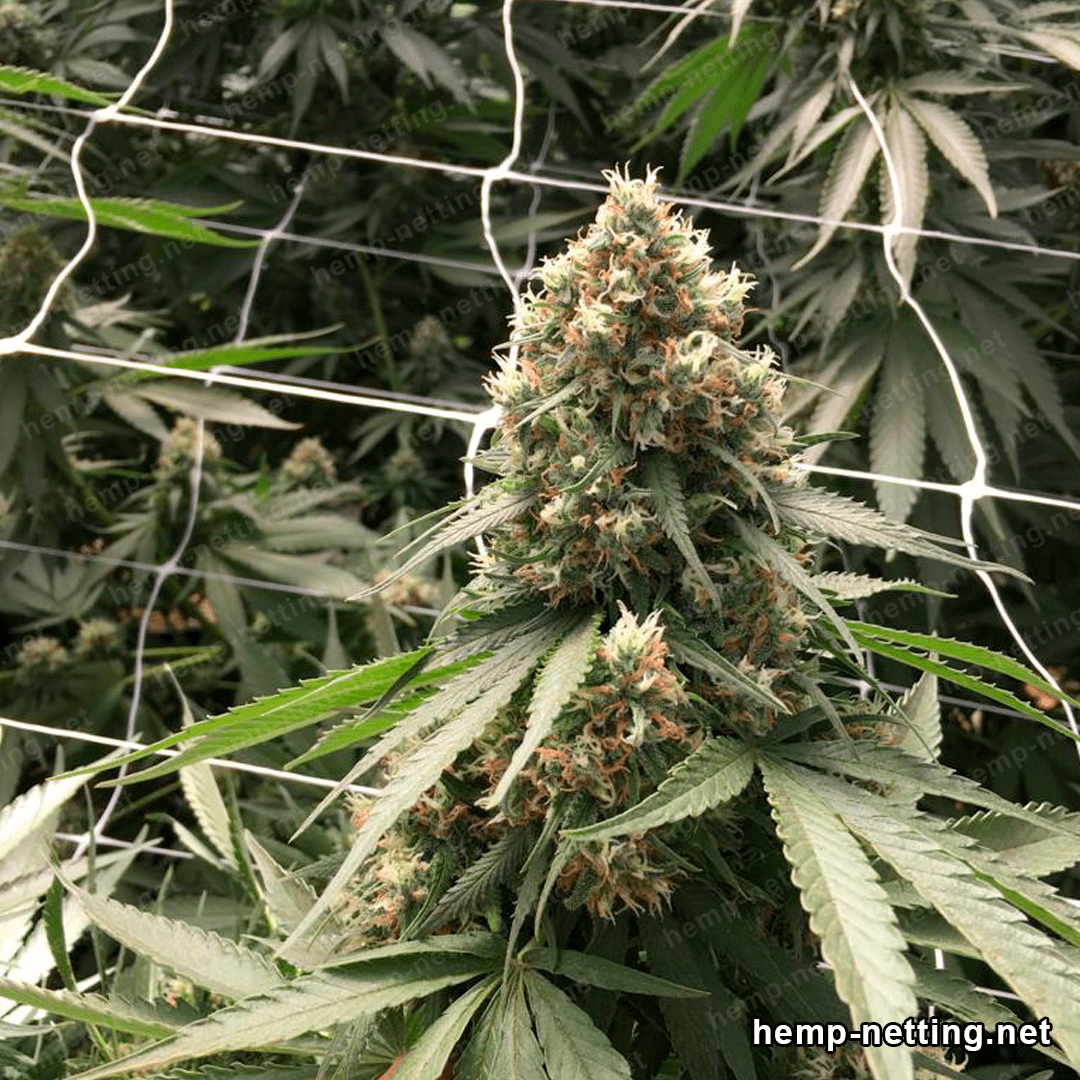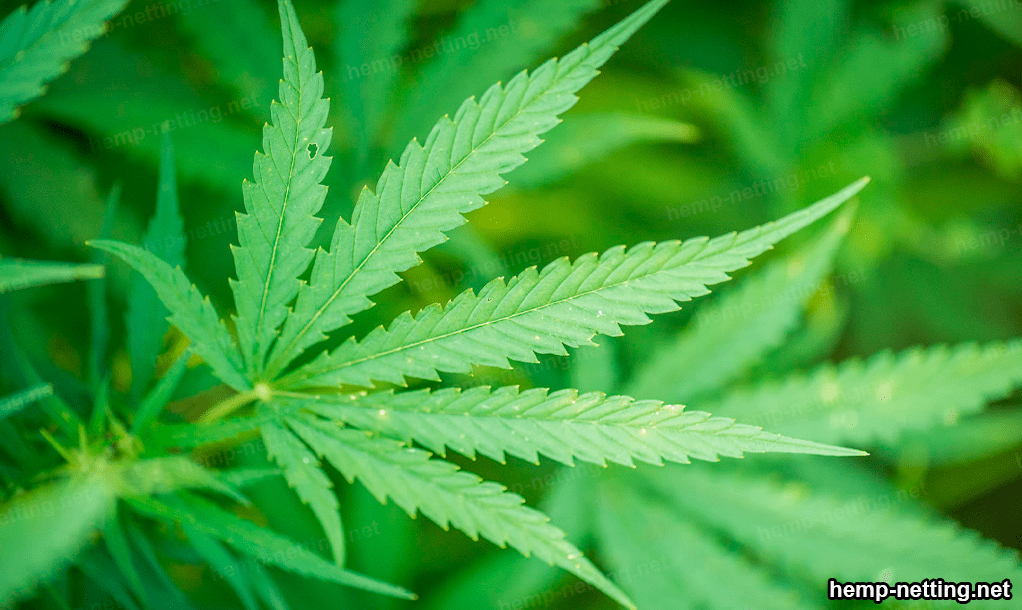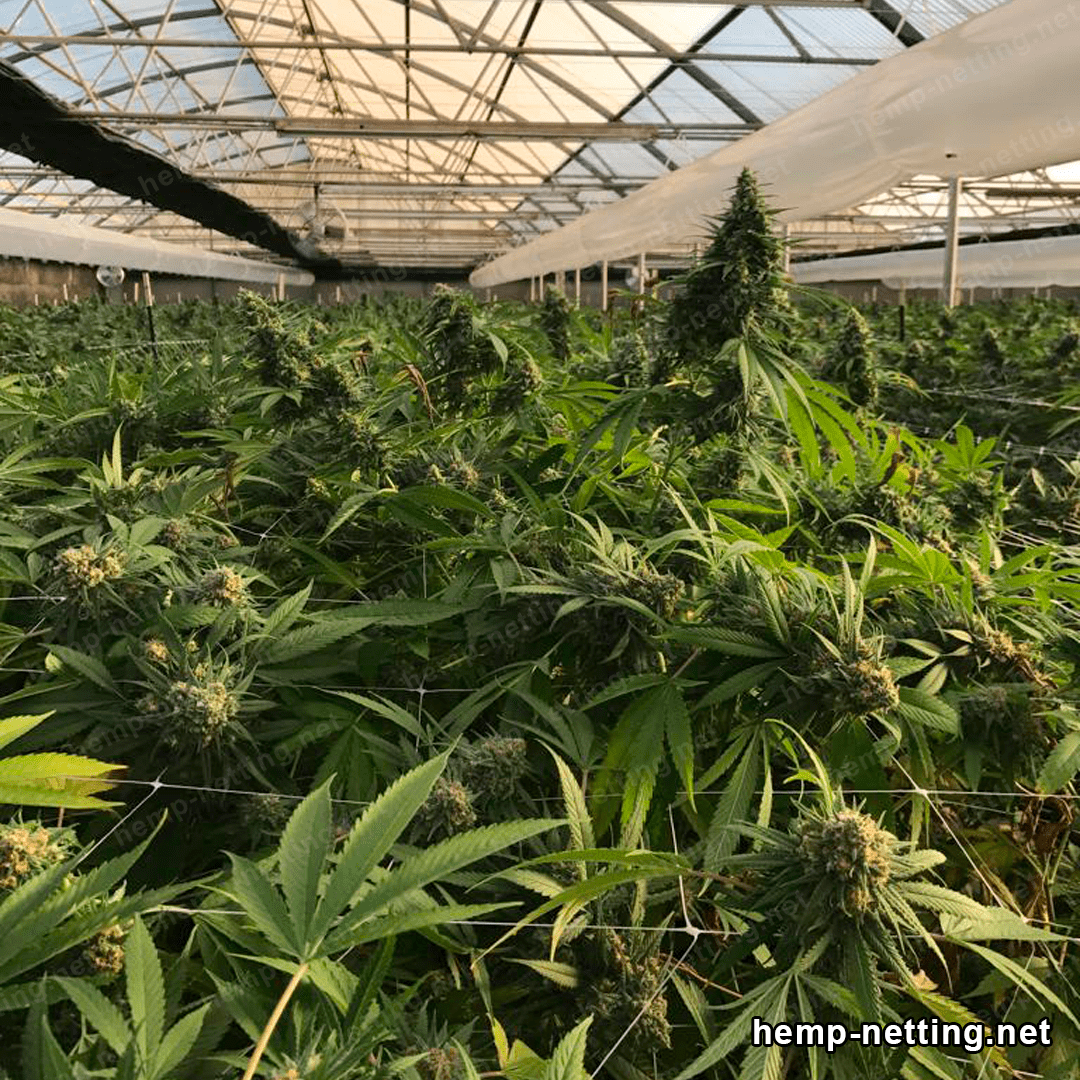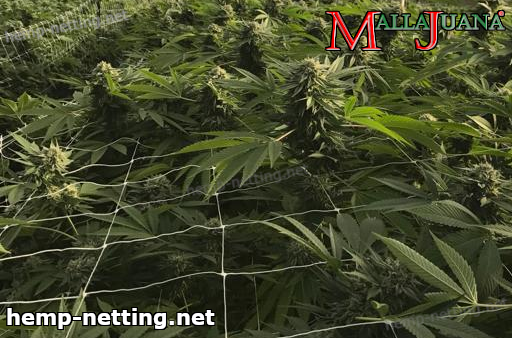-
What is hemp netting?
Hemp netting is a type of netting made from the Cannabis sativa plant, commonly known as hemp. Hemp has a long history of use in textiles and fabrics, and it has recently been gaining popularity as a natural and sustainable material for a variety of uses, including netting. is a strong, durable, and lightweight material that is ideal for a variety of applications. The fibers are very strong and durable, yet pliable and flexible. This makes hemp netting ideal for a wide range of uses, from clothing to upholstery to industrial applications. Hemp fibers, known for their high absorbency and versatility in color dyeing, serve as the primary material for…
-
Advantages of using hemp netting
Hemp netting is a versatile and sustainable material that has been used in various industries for centuries. It is made from the strong and durable fibers of the hemp plant, and it has been used in a wide range of applications, including fishing nets, agricultural nets, and even apparel. Hemp netting has become increasingly popular in recent years, due to its numerous advantages. This essay will discuss the advantages of using hemp netting in detail. One of the main advantages of using hemp netting is its durability and strength. Hemp fibers are naturally strong and durable, making them ideal for netting applications. Hemp netting is able to withstand harsh weather…
-
Hemp netting is reliable
The production of hemp netting involves using hemp fiber, a natural fiber obtained from the Cannabis sativa plant. Hemp fiber has been used for centuries to create a variety of goods, including rope, twine, sails, and of course, netting. In recent years, hemp netting has become increasingly popular as a reliable and eco-friendly alternative to other types of netting. This essay will explore the many advantages of hemp netting, its various uses, and how it is a reliable and sustainable material. The primary advantage of hemp netting is its durability and strength. Hemp is one of the strongest natural fibers, and is resistant to weathering, abrasion, and rot. This makes…





